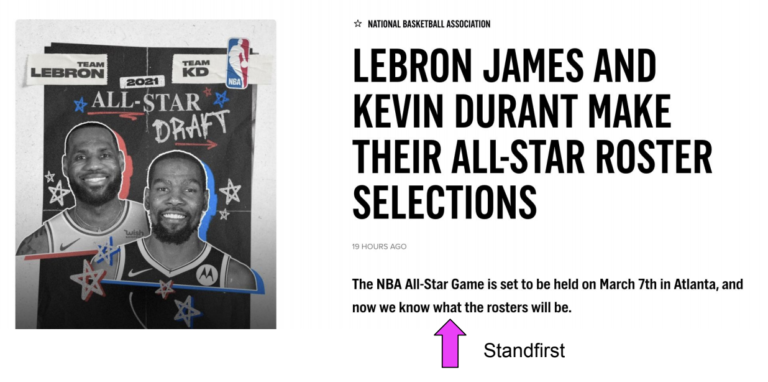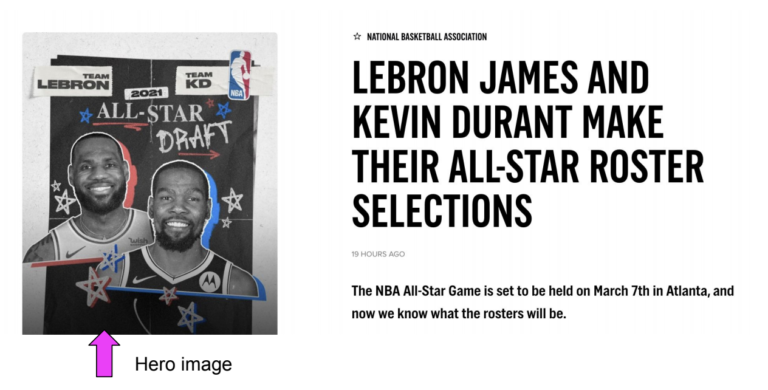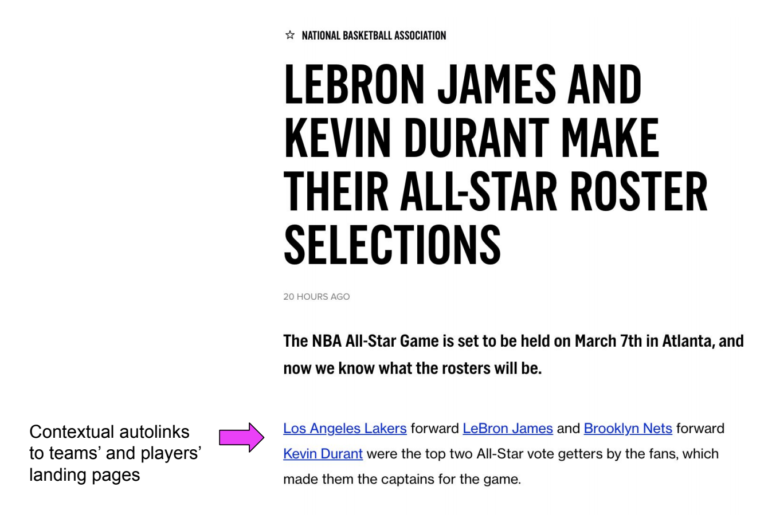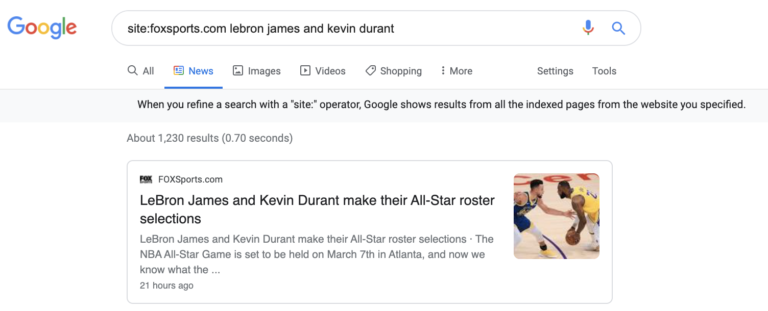While it’s an SEO professional’s job to know how to optimize for search and a journalist’s job to know how to write stories, both have the same end goal: to drive traffic to their editorial website.
To help both SEO and editorial teams succeed in this endeavor, I’ve found that it’s hugely beneficial for SEO pros to provide foundational SEO training, instructional guides, and regular office hours to their journalist comrades.
The benefit of prioritizing these activities is two-fold:
In this post, I’ll cover seven things that journalists should know about SEO – from how it works, to the benefits of prioritizing it, to some foundational best practices to bookmark for their future writing.
SEO Is a Huge Referral Source
According to recent research, 68% of U.S. adults surveyed get their news at least sometimes from news websites and apps, and 65% said they get their news at least sometimes from search.
In tandem, these statistics emphasize the sizable reward for journalists to prioritize SEO while an article is being written.
But this reward doesn’t come without an effort.
It’s really important – and really competitive – to secure one of the top 10-12 “blue links” shown on page 1, and even more difficult to capture a “Top Stories” placement.
When journalists write with SEO in mind, they are helping give themselves a boost within search.
SEO Is Not a Black Box
There are a lot of outdated ideas and misconceptions about the way that SEO works.
Search engines like Google essentially act as a matchmaker between users and relevant content. To help the algorithm make a good match, journalists need to think literally about the keywords they use.
If you’re feeling stumped, try asking yourself, “What keywords will people ideally type in to find this article?”
Punchy headlines and plays on words may be great for other channels and in print, but it just confuses search bots when trying to make a match.
 Google’s algorithm acts as a “matchmaker” between relevant content and users – surfacing what they think best matches users’ queries.
Google’s algorithm acts as a “matchmaker” between relevant content and users – surfacing what they think best matches users’ queries.Title Tags, Headlines, and URLs Are the MOST Important Things to Get Right
An important note before we get into these best practices: No website is ever going to get everything perfectly right for SEO.
But these three elements are the most impactful elements to optimize for as it relates to editorial SEO.
Title Tags
This is the most important piece of text as it is seen in Search results in bold. A few title tag best practices include:
 This is an example of a well-optimized title tag from foxsports.com
This is an example of a well-optimized title tag from foxsports.comThe headline should ideally be written the same as the title tag and should be the only H1 tagged on the page.
 This is an example of a well-optimized headline on foxsports.com
This is an example of a well-optimized headline on foxsports.comThe URL should, likewise, be the same as the headline and title tag – and you can optionally remove conjunctions within the sentence.
Followed By Meta Descriptions, Stand Firsts & Section Links
Meta Descriptions
This is the description seen in the search results and is important as it should encourage a click through to the story.
A few best practices include:
 This is an example of a well-optimized meta description on foxsports.com
This is an example of a well-optimized meta description on foxsports.comStand Firsts
Stand firsts are the short summary you see on some news articles between the title and the main body of the piece.
They should be tagged as the page’s H2, and come straight after the headline.
Often, it makes sense to have this perfectly match the meta description.
At the very least, it should complement it by using the same primary and secondary keywords.
 This is an example of a well-optimized stand first from foxsports.com
This is an example of a well-optimized stand first from foxsports.comSection Links
These are the links from the Homepage and main section pages back to the article.
The benefit is two-fold: users can find the content easier, and we send stronger signals to search engines that these are important pages on the website (as they are fewer degrees of separation from the homepage).
Other quick tips here:
 This is an example of a section link on foxsports.com. It’s also a great example of a website not getting everything “technically right” for SEO. Due to the layout of the website/use of stories cards, we are unable to include the full headline within the section link. There’s always going to be internal tradeoffs between stakeholders’ UX preferences, different channels, etc. at a big company. But this means that there should be greater emphasis on items within your control.
This is an example of a section link on foxsports.com. It’s also a great example of a website not getting everything “technically right” for SEO. Due to the layout of the website/use of stories cards, we are unable to include the full headline within the section link. There’s always going to be internal tradeoffs between stakeholders’ UX preferences, different channels, etc. at a big company. But this means that there should be greater emphasis on items within your control. How to Optimize Images
The images in an article are a great way to improve the click-throughs from Search Engines.
There are three parts that journalists should know how to optimize for:
 This is an example of a hero image on foxsports.com
This is an example of a hero image on foxsports.comIt is important that every article is classified properly to ensure the breadcrumb-trail and relevant automated links are put in the right place.
In the example below, we see that this article is “filed” neatly under stories, then NBA. It helps give users and crawlers alike assurance that they have come to the right place for “NBA Stories.”
 This is an example of proper article classification on foxsports.com
This is an example of proper article classification on foxsports.comCross-Linking
Cross-linking is important for helping people and bots spend more time on site.
Best practices include:
 This is an example of contextual autolinks on foxsports.com
This is an example of contextual autolinks on foxsports.comHow to Perform a “Final Check” After Publishing
Once you have published your article, give Google 15 minutes or so and then perform a site search for a query you’d like your page to rank on.
If your post shows up as #1, this is a quick way to tell if you did a good job optimizing for said keyword. Here’s an example:
 To perform a site search, simply type in “Site:{Sitename.com} {keywords / keyword phrases}”
To perform a site search, simply type in “Site:{Sitename.com} {keywords / keyword phrases}”“You can only move the needle on SEO if everyone from your reporters and editors to your product managers and engineers focus on it.”
This summarizes my sentiment quite well: SEO isn’t just the responsibility of SEO professionals. It really takes a village.
Far from being a black box, search engines use a crawl-based algorithm to match content with users’ queries.
By focusing on getting keywords in the “right” places, journalists can help themselves to extend the reach of the content they took such great care to create.
I hope my article can serve as a bookmark-worthy resource for editorial teams, as well as an outline for SEO pros looking to train their co-workers on the fundamentals of editorial SEO.
Image 1: Pew Research Center
All screenshots taken by author, March 2021.
This content was originally published here.




